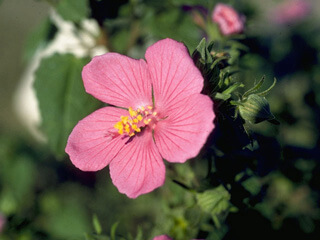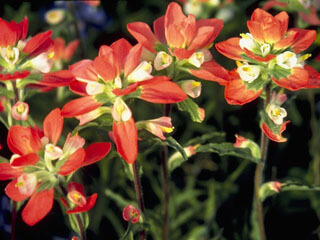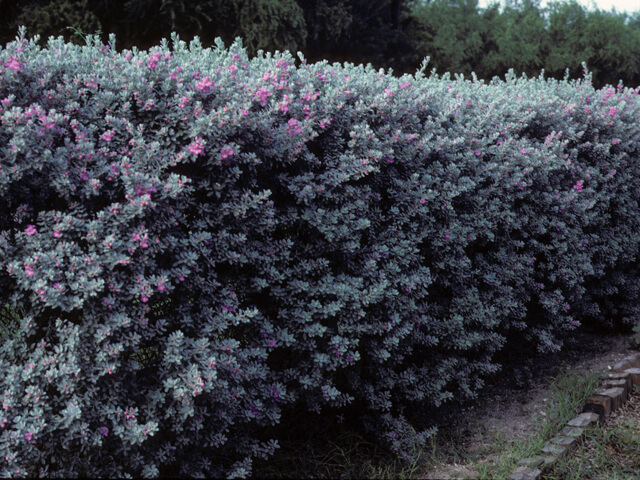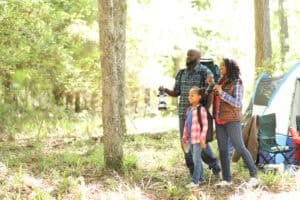Looking to freshen up your landscaping, or add some new plants to your garden? Think local! A great way to beautify your landscape while protecting the Texas ecosystem is to grow native plants. Here’s our guide to growing common Texas landscaping plants in your yard at Travisso.
Benefits of Using Native Plants in Landscaping
One of the best benefits of using native plants in your landscaping is that they are often easier to grow and maintain than non-native plants. Because local Texas plants are already accustomed to the climate they tend to grow deep roots requiring minimal care once established.
Native plants also:
- Are important food source to plant-eating insects and wildlife
- Serve as host plants to butterflies and honey bees
- Typically require less water and maintenance
- Support more species than non-native plants
- Play an important role in the native ecosystem
Most Popular Native Texas Flowers and Plants
The Hill Country to home to several common Texas landscaping plants that can really add dimension to your yard. The most popular plants and flowers used in the Leander area include Rock Rose, Texas Paintbrush, and Texas Sage. Here’s how each is used in landscaping.
Rock Rose

These beautiful pink hibiscus-like flowers will give your yard the color you are looking for. This common texas landscaping plant can grow up to four feet tall and work best with well-draining limestone soils. The key is to plant the seeds in an area that will receive full sunlight. You also want the soil to be deep so the roots can spread underneath giving it the strength to grow taller. The Rock Rose can grow in a variety of different soils as long as they drain freely. The flowers will bloom in the spring and summer, and once they are established, they don’t need fertilizer.
Texas Paintbrush

These native plants to Texas can be tricky to grow but are worth it once they take root. Texas Paintbrush blooms beautifully at random. The benefit of these plants is that they are drought-resistant which is perfect for the dry heat of Texas. The Texas Paintbrush grows best when the seeds are planted in the winter to allow for seed germination. You must allow for the flower to wither because that will naturally reseed the area allowing for better growth next season. We recommend planting them in an open area that will receive a lot of sunlight. The maintenance of this plant will determine how it grows in the next season.
Texas Sage

This shrub is a must-have for any central Texas landscaping projects. It takes up a good amount of space and its lavender-colored flowers contrast nicely with the green leaves. When planting, it’s best to place Texas Sage somewhere that gets at least seven hours of sunlight every day. The soil should be well-drained as well. Usually, you can get these plants while they are already growing rather than having to plant a seed. But, you must be careful not to place any soil on the root ball because that may suffocate the plant. Make sure you clip the plant as it grows so it can keep its round shape. If you find the right place to grow this plant, it’s very hardy and very easy to maintain!
Other Central Texas Plants
These are just some common Texas landscaping plants. Texas A&M University has many resources specifically on common Texas landscaping plants, and how to incorporate them into your yard.
Other native Texas plants and flowers great for landscaping include:
- Texas Bluegrass
- Dwarf Pampas Grass
- White Sage
- Texas Pistachio
- Honey Mesquite
- Sweet Acacia
- Western Soapberry
- Eastern Redcedar
There are many more out there, but these three will add color, life, and sustainability to your landscape. They all match the natural environmental feel of Texas, so check these out and start planting today!
You can also purchase all these common Texas landscaping plants from nurseys around Leander, as well as visiting the Lady Bird Johnson Wildflower Center. They have seasonal plant sales featuring native plants and flowers of Texas.


